Home>Garden Essentials>How To Draw Plant Symbols In Landscape Design
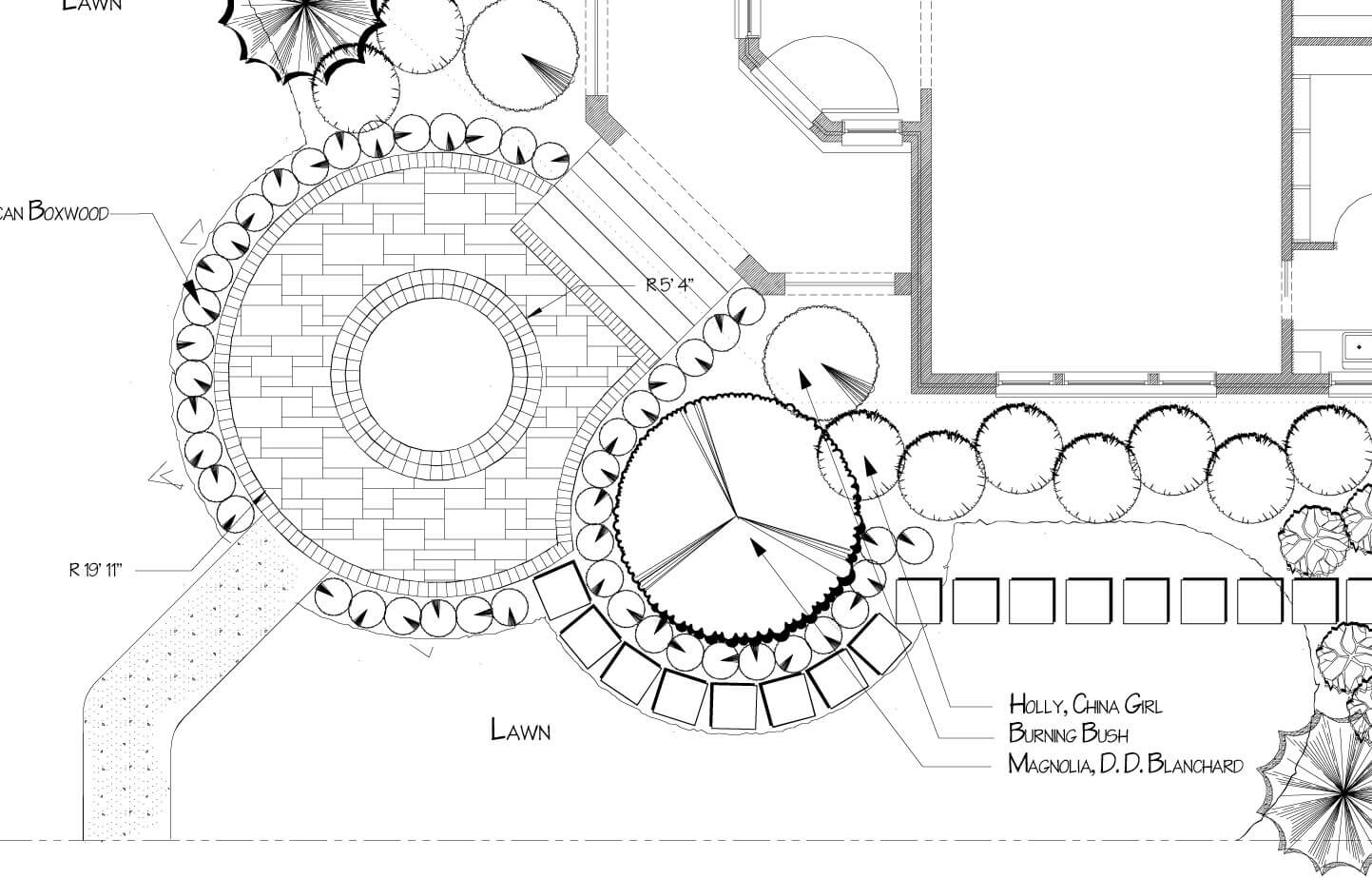

Garden Essentials
How To Draw Plant Symbols In Landscape Design
Modified: March 7, 2024
Learn how to draw plant symbols in landscape design to create a stunning garden. Enhance your skills with step-by-step instructions and expert tips!
(Many of the links in this article redirect to a specific reviewed product. Your purchase of these products through affiliate links helps to generate commission for Storables.com, at no extra cost. Learn more)
Introduction
When it comes to landscape design, creating a visually stunning and cohesive layout is essential. Whether you are designing a small backyard garden or a large-scale commercial landscape, incorporating plant symbols into your design plans can greatly enhance the clarity and communication of your vision. Plant symbols serve as a universal language in the world of landscape design, helping professionals and clients alike understand the placement, size, and characteristics of various plants within a design.
In this article, we will delve into the art of drawing plant symbols and explore their significance in landscape design. We will discuss the basic tools and materials needed to create accurate plant symbols, provide a step-by-step guide on how to draw them, and share some tips for adding detail and realism. Additionally, we will explore common mistakes to avoid when drawing plant symbols and highlight different types of plant symbols commonly used in landscape design.
Whether you are a professional landscape designer, a gardening enthusiast, or someone who simply wants to improve their understanding of plant symbols, this article will provide you with valuable insights and practical guidance. By the end, you will have the knowledge and skills to create visually appealing and informative plant symbols that bring your landscape design plans to life.
Key Takeaways:
- Plant symbols are like a secret language for landscape designers, helping them communicate where to put plants and how big they should be. They make it easier to work with others and keep the design looking good.
- Drawing plant symbols takes practice, but it’s worth it. Pay attention to details, use different line weights, and add color thoughtfully to make your symbols realistic and easy to understand.
Understanding the Importance of Plant Symbols in Landscape Design
In landscape design, one of the key challenges is effectively communicating your vision to clients, contractors, and other professionals involved in the project. This is where plant symbols play a crucial role. Plant symbols serve as a visual shorthand, allowing everyone involved to quickly and accurately understand the design intent.
Whether you are creating a hand-drawn design or using landscape design software, using plant symbols helps convey important information about the placement, size, and characteristics of plants in your design. By using standardized symbols, you can ensure consistency and clarity in your design plans.
Plant symbols provide several benefits in landscape design:
- Clear communication: By using plant symbols, you can clearly communicate the location and arrangement of plants in your design. This is especially useful when working with clients or contractors who may not have a deep understanding of plants or garden design.
- Ease of editing: When you need to make changes or adjustments to your design, using plant symbols saves time and effort. Instead of redrawing an entire design, you can simply move or replace plant symbols as needed, ensuring your design remains accurate and up-to-date.
- Visual appeal: Well-drawn plant symbols can add aesthetic value to your design plans. They can enhance the overall presentation and make your design more visually appealing and professional.
- Efficient collaboration: When working with a team or multiple stakeholders, using plant symbols ensures everyone is on the same page. It allows for easier collaboration and minimizes misunderstandings or misinterpretations of the design.
Incorporating plant symbols into your landscape design also helps you consider important factors such as scale and proportion. By visually representing the size of plants in relation to other elements in the design, you can maintain the overall balance and harmony of the space.
Overall, plant symbols provide a universal language in landscape design, facilitating clear and efficient communication. They help bridge the gap between your design ideas and the actual execution of the project, ensuring everyone involved understands your vision and can bring it to life with ease.
Basic Tools and Materials Required for Drawing Plant Symbols
To create accurate and professional-looking plant symbols in your landscape design plans, you’ll need a few basic tools and materials. Whether you prefer traditional hand-drawn methods or digital design software, the following tools will help you bring your plant symbols to life:
- Drawing Paper or Design Software: Depending on your preference, you can choose to work with traditional drawing paper and a pencil or opt for digital design software. Design software such as AutoCAD or SketchUp allows for precise and flexible editing, while traditional methods have a more organic and tactile feel.
- Graph Paper: If you choose to work with traditional drawing paper, using graph paper can be helpful for maintaining accurate proportions and aligning your plant symbols. The grid pattern helps you maintain consistency in size and spacing.
- Drawing Tools: You’ll need a set of drawing tools to create your plant symbols. These can include pencils, erasers, and fine-tipped pens or markers. Pencils allow for lighter sketching and easy revisions, while pens or markers give crisp outlines and details.
- Ruler or Straight Edge: A ruler or straight edge is essential for creating precise lines and shapes in your plant symbols. It helps you maintain consistent angles and proportions.
- Plant Symbol References: Having a reference guide or book that showcases different plant symbols can be immensely helpful. This allows you to accurately represent various plant species and their specific symbols.
- Coloring Materials: If you choose to add color to your plant symbols, having colored pencils or markers is essential. This adds visual interest and helps distinguish between different types of plants in your design.
- Light Table or Tracing Paper: If you plan to transfer or refine your plant symbols, using a light table or tracing paper can make the process much easier. It allows you to trace and overlay different elements without damaging the original drawing.
Keep in mind that the tools and materials you choose may vary depending on your individual preferences and the scale of your project. Experiment with different tools and techniques to find what works best for you.
Whether you opt for traditional hand-drawn methods or embrace digital design software, having the right tools at your disposal will enable you to create visually appealing and accurate plant symbols that effectively communicate your design intent.
Step-by-Step Guide on How to Draw Plant Symbols
Drawing plant symbols requires attention to detail and a good understanding of the characteristics of various plants. Here is a step-by-step guide to help you create realistic and visually appealing plant symbols:
- Research: Familiarize yourself with the specific plant species you plan to draw. Look for reference images or botanical illustrations to understand their unique features and shapes.
- Start with Basic Shapes: Begin by sketching the basic shape of the plant, such as circles for flowers or ovals for leaves. Use light pencil strokes to allow for easy adjustments and revisions.
- Add Details: Once you have the basic shape, add the specific details of the plant. This could include veins on leaves, stamens in flowers, or thorns on stems. Pay attention to the individual characteristics that make each plant unique.
- Use Different Line Weights: Vary the line weight in your drawing to create depth and dimension. Use thicker lines for the outline of the plant and thinner lines for inner details.
- Consider Proportions: Ensure that the size and proportions of your plant symbol accurately represent the plant in real life. Take into account the scale of the drawing and the overall design of your landscape plan.
- Add Color (optional): If desired, you can add color to your plant symbols to make them more visually appealing. Use colored pencils or markers to add shading and highlight different parts of the plant.
- Label and Legend: Include a key or legend in your landscape plan to identify and explain each plant symbol. This assists in easy comprehension of your design by others.
- Revise and Refine: Step back and review your plant symbols. Make any necessary revisions to ensure accuracy and clarity. Pay attention to small details and adjust as needed.
- Practice: Drawing plant symbols takes practice, so don’t be discouraged if they don’t look perfect right away. Keep practicing and experimenting with different techniques to improve your skills.
Remember, the goal is to create clear, realistic, and visually appealing plant symbols that effectively communicate your landscape design intentions. Practice and patience will go a long way in honing your drawing skills and creating outstanding plant symbols.
When drawing plant symbols in landscape design, use simple shapes like circles for trees, and ovals for shrubs. Use lines to represent the trunk and branches. Keep the symbols consistent for a clear and easy-to-read design plan.
Tips for Adding Detail and Realism to Plant Symbols
Creating detailed and realistic plant symbols is essential for effectively communicating the characteristics and appearance of different plants in your landscape design. Here are some tips to help you add detail and realism to your plant symbols:
- Observe Real Plants: Take the time to closely observe real plants and study their unique features. Notice the shape of leaves, the texture of petals, and the arrangement of branches. This will help you recreate these details accurately in your plant symbols.
- Utilize Shading and Highlights: Adding shading and highlights can make your plant symbols appear more three-dimensional and realistic. Use light and dark tones to create depth and show the play of light on different parts of the plant.
- Emphasize Texture: Consider the texture of the plant and find ways to depict it in your drawing. For example, if you’re drawing a plant with rough bark, use short, irregular lines to depict the texture. If drawing a fuzzy leaf, use soft, gentle strokes.
- Pay Attention to Proportions: Ensure that your plant symbols accurately depict the proportions of real plants. Take note of the size and relationships between the different parts of the plant, such as the size of flowers compared to leaves or the length of stems compared to the overall height of the plant.
- Vary Line Weight: Varying the thickness of your lines can add depth and dimension to your plant symbols. Use thicker lines for the prominent parts of the plant, such as the main stem or flower petals, and thinner lines for more delicate details, such as veins on leaves.
- Focus on Details: Pay attention to the small details that distinguish one plant species from another. Include distinctive characteristics such as flower shapes, leaf serrations, or unique seedpods. These details will make your plant symbols more accurate and recognizable.
- Use Color Thoughtfully: If you choose to add color to your plant symbols, use it thoughtfully and sparingly. Consider the natural color palette of the plant you’re depicting and use colors that reflect its true colors. Pay attention to color variations and gradients to create a more realistic representation.
- Experiment with Different Techniques: Don’t be afraid to experiment with different drawing techniques. Try cross-hatching, stippling, or blending to achieve different textures and effects. This will add variety and depth to your plant symbols.
- Practice Patience and Perseverance: Creating detailed and realistic plant symbols takes practice and patience. Don’t get discouraged if your initial attempts don’t meet your expectations. Keep practicing and refining your techniques, and with time, you’ll see improvement in your plant symbol drawings.
By incorporating these tips into your plant symbol drawings, you can elevate the realism and detail of your landscape designs. Remember to observe and appreciate the beauty of real plants, as this will inform your understanding and portrayal of them in your drawings.
Common Mistakes to Avoid in Drawing Plant Symbols
Drawing plant symbols in landscape design requires precision and accuracy. To ensure your plant symbols effectively communicate your design intent, it’s important to avoid common mistakes that can detract from their clarity and realism. Here are some common mistakes to avoid when drawing plant symbols:
- Inaccurate Proportions: One of the most common mistakes is not paying attention to the proportions of the plant symbol. Ensure that the size and relationships between different parts of the plant are depicted accurately. Study reference images or real plants to get a clear understanding of their proportions.
- Lack of Detail: Plant symbols should be detailed enough to clearly represent the characteristics of each plant. Avoid oversimplification and focus on capturing the specific features, such as leaf shape, flower structure, or unique textures. Adding sufficient detail will enhance the realism and effectiveness of your plant symbols.
- Incorrect Plant Representations: Make sure to accurately research and depict the specific plant species in your symbols. Different plants have unique features, so be mindful of accurately representing them. Mistakenly using the wrong symbol for a plant can lead to confusion and miscommunication in your design plans.
- Lack of Variation in Line Weight: Using the same line weight throughout your plant symbol can make it appear flat and two-dimensional. Varying the thickness of your lines adds depth and dimension to the drawing. Use thicker lines for prominent parts and thinner lines for subtle details, such as veins on leaves or fine stems.
- Overcomplicating Symbols: While it’s important to add sufficient detail, it’s equally important to keep your symbols clear and easy to understand. Avoid overcomplicating them with excessive lines or unnecessary elements. Simplify the symbols while retaining key characteristics to ensure they remain easily recognizable.
- Inconsistency: Consistency is crucial in plant symbols to ensure clear communication. Use the same style, size, and scale for all the plant symbols in your design. Inconsistencies can lead to confusion and make it difficult for others to understand your design intentions.
- Using Unfamiliar Symbols: While it’s important to be creative, using unfamiliar or unconventional symbols can create confusion. Stick to commonly recognized and understood symbols to ensure your design plans are easily comprehensible by others.
- Neglecting Labeling: For clear communication, it’s important to label your plant symbols and provide a legend or key. Clearly identify each plant species and include any necessary notes or explanations to ensure others can understand and interpret your design plans accurately.
- Lack of Practice: Drawing realistic plant symbols requires practice. Don’t expect perfection right away. Continuously practice and refine your drawing skills to improve the accuracy and quality of your plant symbols. With time and practice, you’ll become more proficient in creating visually appealing and informative plant symbols.
Avoiding these common mistakes will help you create plant symbols that are accurate, clear, and visually appealing. By paying attention to details, practicing patience, and striving for consistency, your plant symbols will effectively communicate your landscape design vision to both clients and collaborators.
Exploring Different Types of Plant Symbols in Landscape Design
In landscape design, there are various types of plant symbols used to represent different plants within design plans. These symbols serve as visual representations that help convey information about the plant’s characteristics and placement. Here are some commonly used types of plant symbols:
- Simple Silhouettes: Simple silhouettes are basic representations of plants that use minimal lines to depict their overall shape. These symbols are commonly used for trees or large shrubs, providing a quick visual reference without excessive detail.
- Leaf Shapes: Leaf shapes are symbols specifically designed to represent the form and structure of various types of leaves. These symbols are often used to depict foliage plants and help convey the size, shape, and arrangement of leaves within the design.
- Flower Symbols: Flower symbols are used to represent different types of flowers within a landscape design plan. These symbols can range from simple geometric shapes to more detailed illustrations, depending on the desired level of clarity and visual appeal.
- Botanical Illustrations: Botanical illustrations are highly detailed and realistic representations of plants. These symbols are often used when a high level of accuracy and precision is required, such as in botanical gardens or scientific publications. They showcase intricate details, such as leaf venation, petal arrangement, and plant morphology.
- Color-coded Symbols: Color-coded symbols are used to represent different plant species or plant types in a design plan. Each plant symbol is assigned a specific color, allowing for quick identification and differentiation. This approach is especially useful when conveying information to clients or non-experts in landscape design.
- Text-based Labels: In addition to visual plant symbols, text-based labels are often used to provide further information about the plant. These labels may include the common or scientific name of the plant, as well as additional notes about its size, growth habit, or specific care requirements. Text-based labels provide valuable details that complement the visual representation of the plant.
- Scale Representations: Scale representations are symbols that provide a visual indication of the size of a mature plant. These symbols are often depicted adjacent to the plant symbol and can be represented using a scale bar or a size reference, such as a human figure or a familiar object.
- Arrows and Pointers: Arrows and pointers are used to indicate the direction or movement of plants within a landscape design. These symbols help convey the flow of a design or point out specific areas of interest or focal points.
The choice of plant symbols in landscape design depends on the specific requirements of the project and the level of detail necessary to effectively communicate the design vision. It’s important to consider the audience, the purpose of the design plan, and the overall style and aesthetic of the project.
By selecting the appropriate plant symbols and utilizing them effectively, you can enhance the clarity, readability, and visual appeal of your landscape design plans.
Conclusion
Drawing plant symbols is an essential skill for landscape designers, gardening enthusiasts, and anyone involved in creating visually appealing and informative landscape design plans. These symbols serve as a universal language that communicates important details about plant placement, size, and characteristics.
In this article, we explored the importance of plant symbols in landscape design and the benefits they provide in facilitating clear communication and efficient collaboration. We discussed the basic tools and materials required for drawing plant symbols, providing a foundation for creating accurate and professional-looking symbols.
We also provided a step-by-step guide on how to draw plant symbols, emphasizing the importance of observation, detail, and accurate proportions. By following this guide, you can develop the skills necessary to create realistic and visually appealing plant symbols.
To add depth and realism to your plant symbols, we offered tips such as shading, highlighting, texture depiction, line weight variation, and attention to detail. Avoiding common mistakes like inaccurate proportions, lack of detail, and inconsistency will further enhance the clarity and effectiveness of your symbols.
Lastly, we explored different types of plant symbols used in landscape design, including simple silhouettes, leaf shapes, flower symbols, botanical illustrations, color-coded symbols, text-based labels, scale representations, and arrows/pointers. Understanding these different symbol types will allow you to choose the most appropriate representation for your specific design needs.
By mastering the art of drawing plant symbols, you can effectively communicate your design intent, collaborate with clients and professionals, and bring your landscape designs to life. With practice, patience, and attention to detail, your plant symbols will become powerful tools in creating stunning and cohesive landscape designs.
So, pick up your pencils or fire up your design software, and start creating plant symbols that captivate and communicate your landscape design visions!
Frequently Asked Questions about How To Draw Plant Symbols In Landscape Design
Was this page helpful?
At Storables.com, we guarantee accurate and reliable information. Our content, validated by Expert Board Contributors, is crafted following stringent Editorial Policies. We're committed to providing you with well-researched, expert-backed insights for all your informational needs.
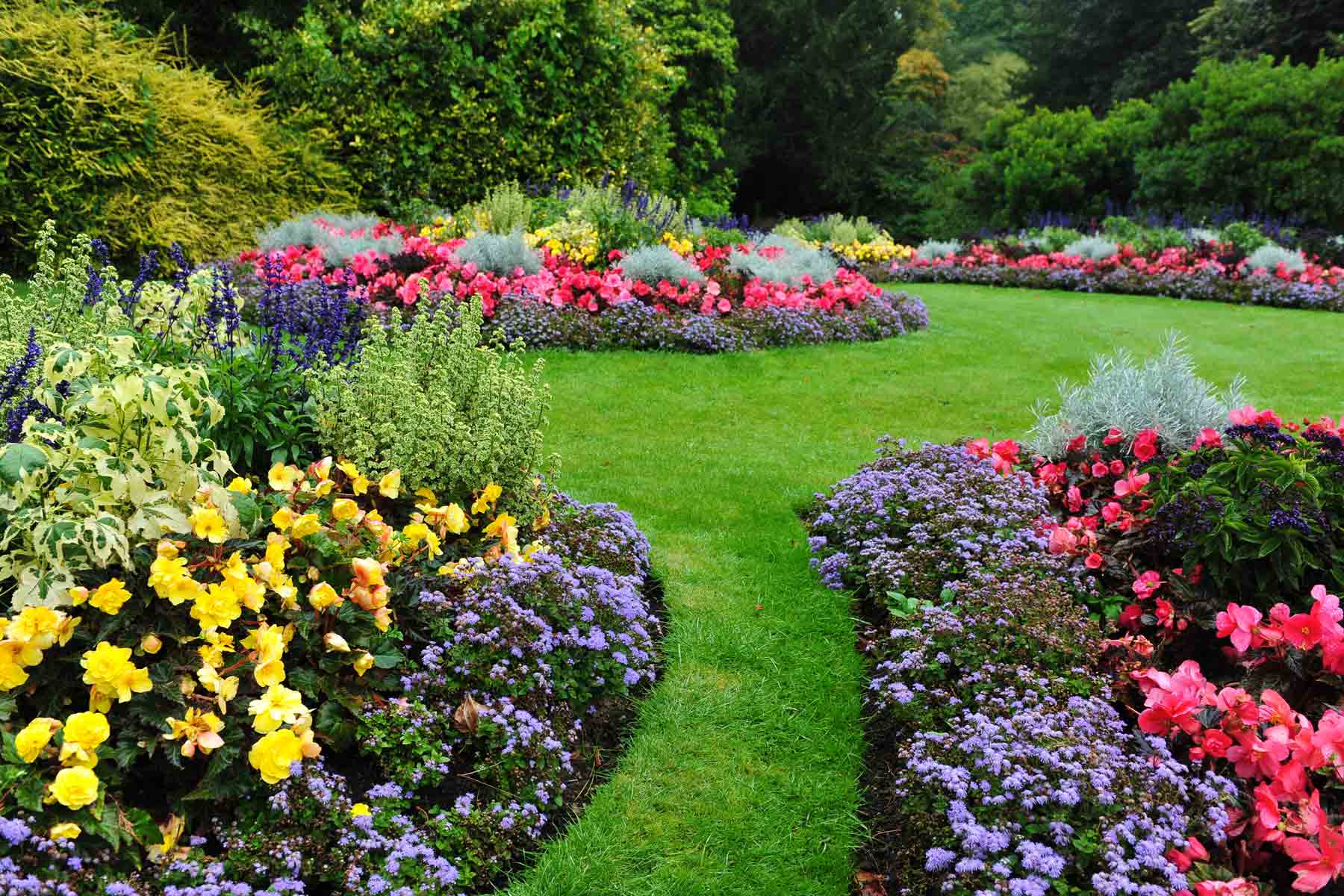
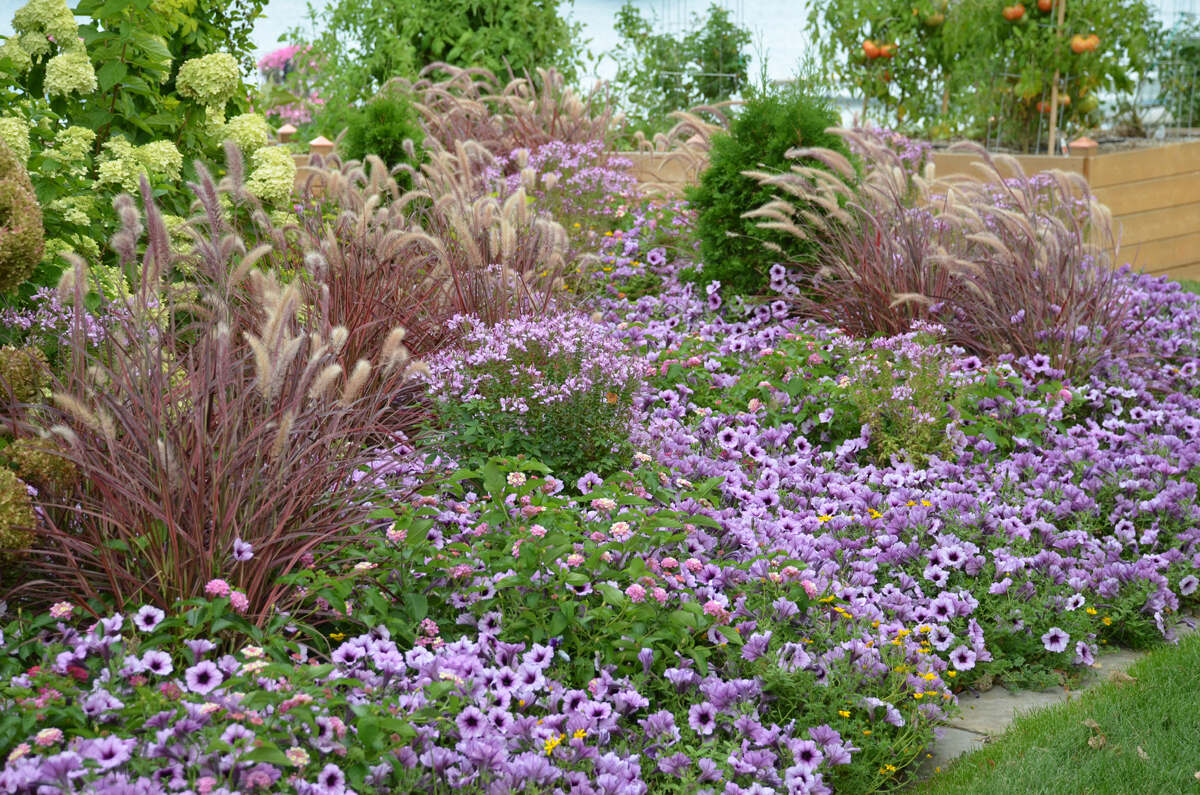

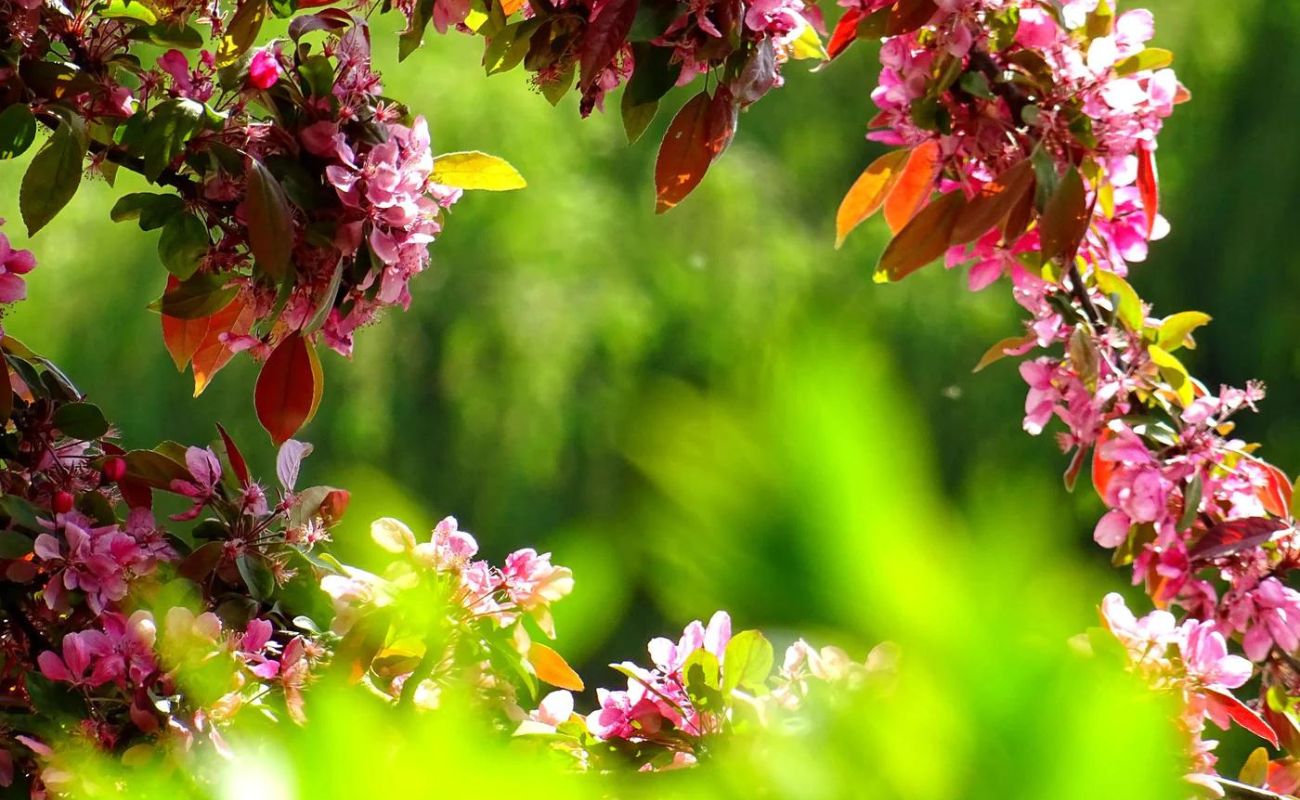
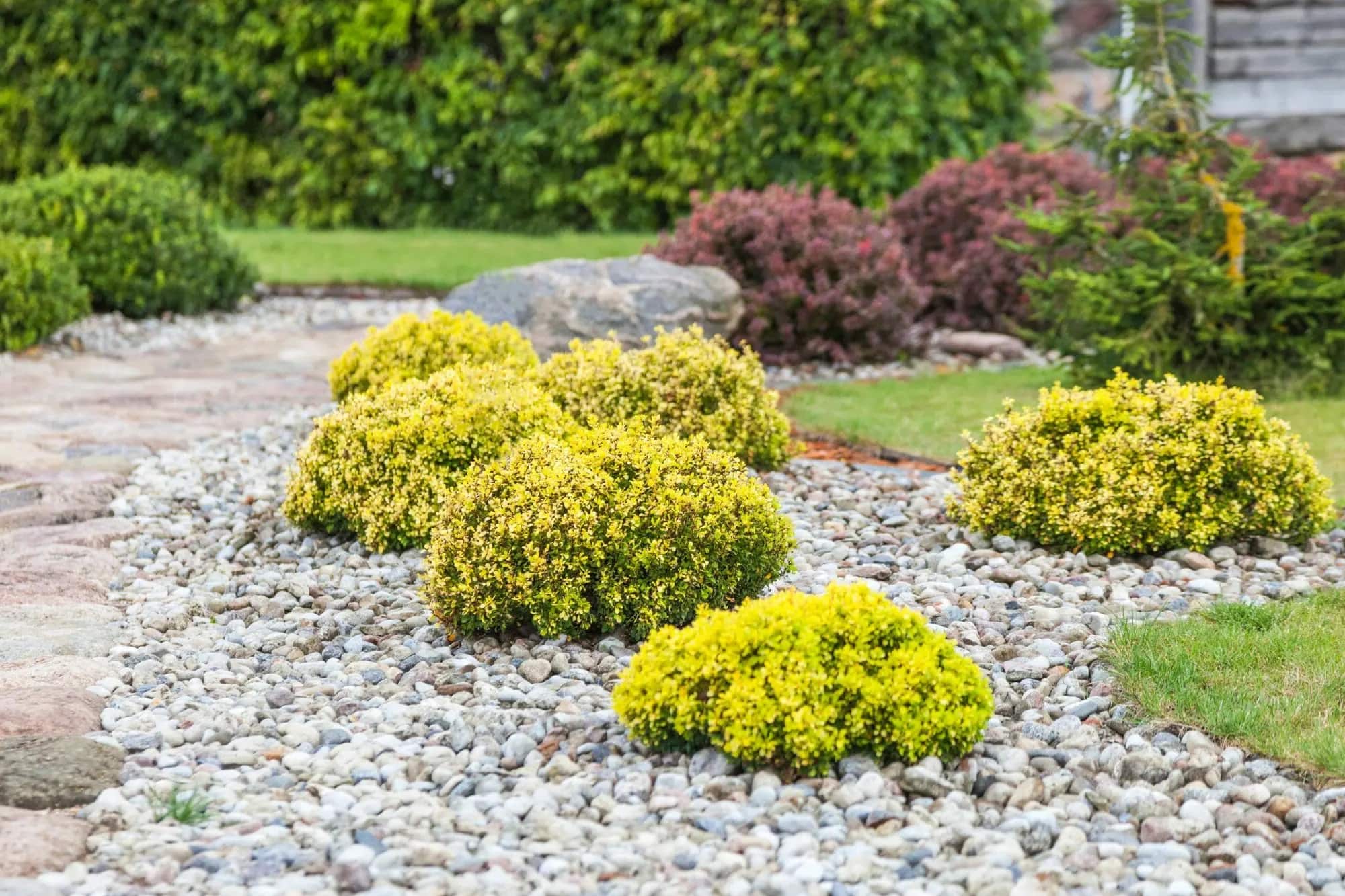

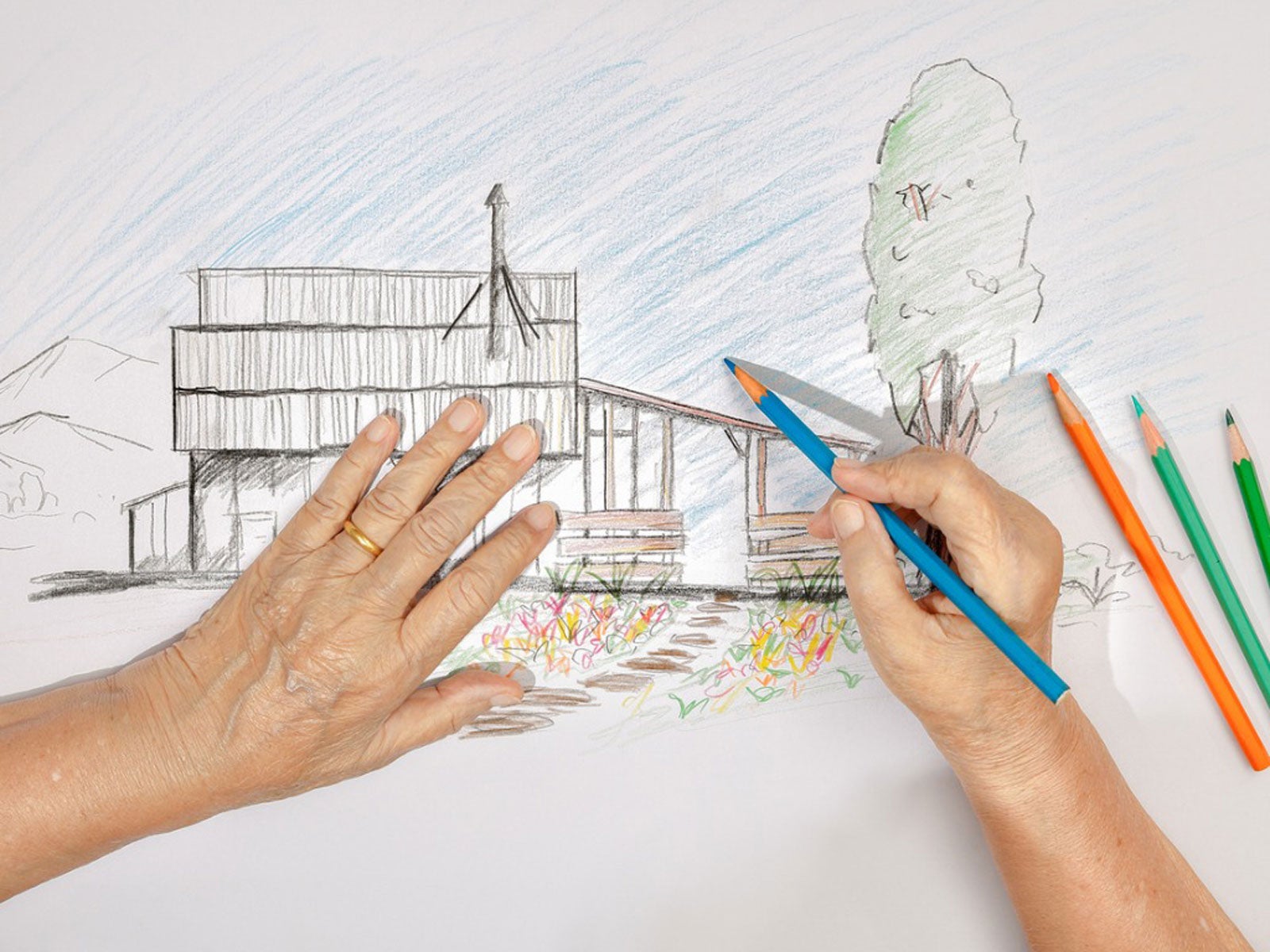





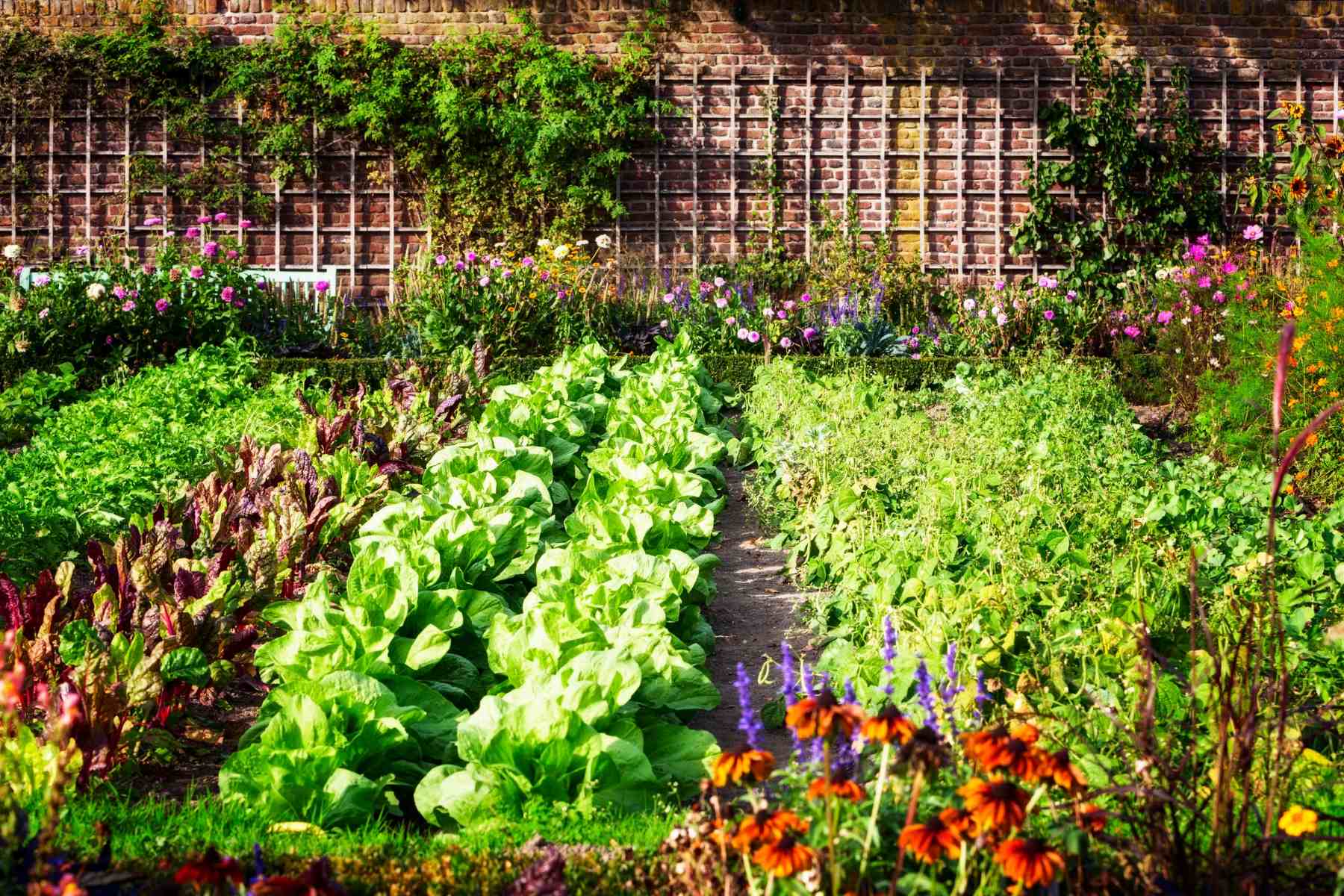
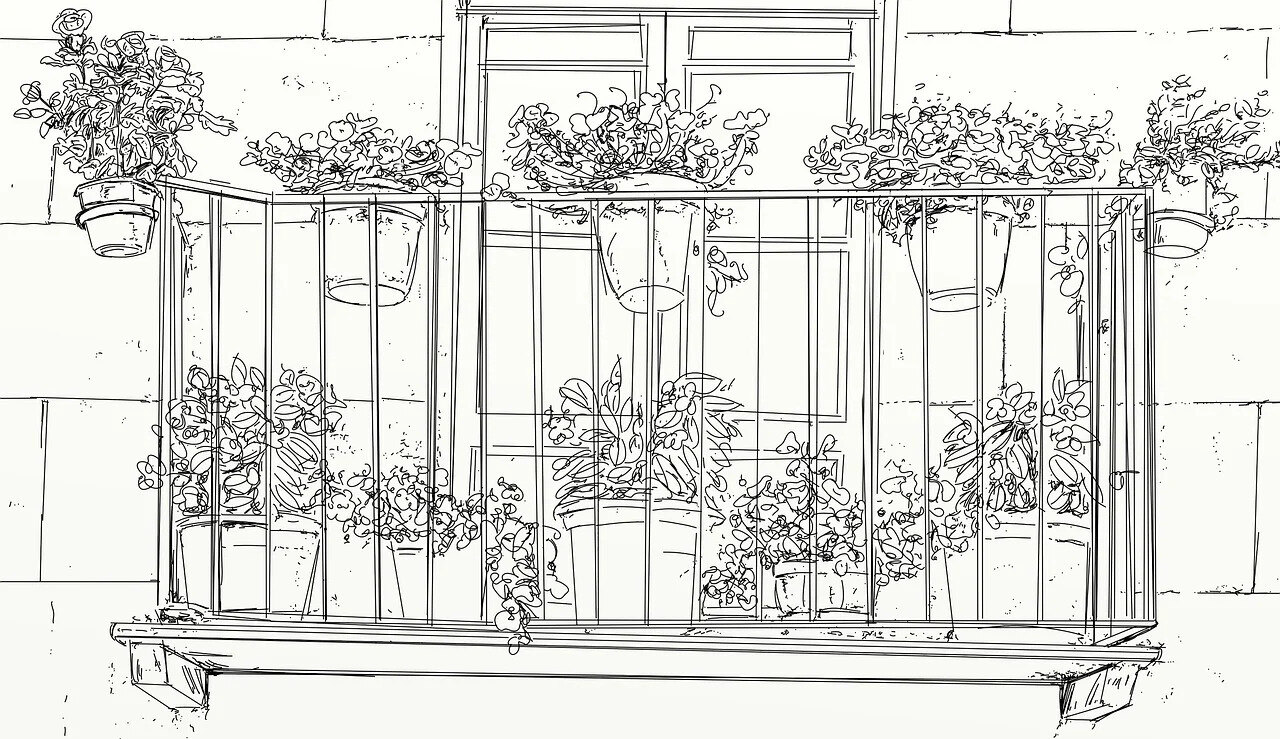

0 thoughts on “How To Draw Plant Symbols In Landscape Design”